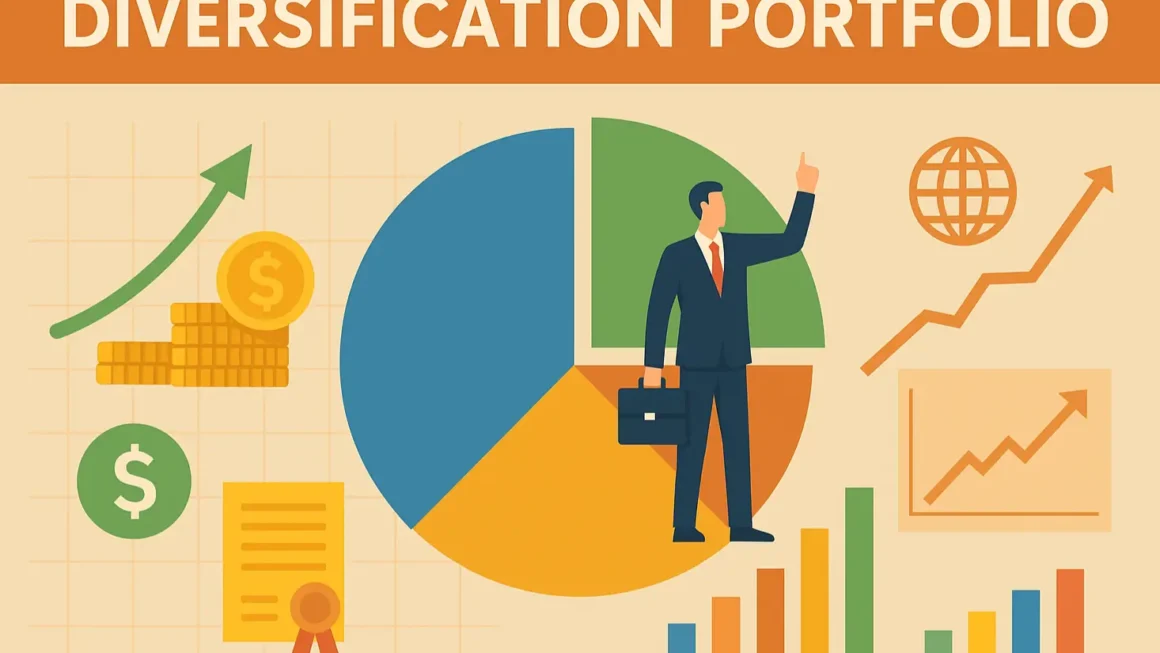Planning for retirement can feel daunting, a distant goal obscured by immediate financial responsibilities. However, the sooner you start, the brighter your future financial security will be. This comprehensive guide will break down the essentials of retirement savings, providing you with actionable strategies to build a comfortable and fulfilling retirement. Whether you’re just starting your career or nearing retirement age, understanding the landscape of retirement savings options is crucial for achieving your financial goals.
Understanding Your Retirement Needs
Estimating Your Retirement Expenses
Knowing how much money you’ll need in retirement is the first step. Many experts suggest aiming for 70-80% of your pre-retirement income. This is because some expenses, like commuting and work-related clothing, may decrease, while others, like healthcare and leisure, could increase.
- Consider these factors:
Housing: Will you own your home outright, downsize, or move to a different location?
Healthcare: Factor in potential medical expenses, including insurance premiums, deductibles, and long-term care needs.
Lifestyle: What kind of lifestyle do you envision? Travel, hobbies, dining out – these all contribute significantly to your retirement expenses.
Inflation: Account for the rising cost of goods and services over time. Using an inflation calculator can help you project future expenses. For example, if your current expenses are $50,000 per year and you expect a 3% inflation rate, your expenses in 20 years could be significantly higher.
Longevity: People are living longer, so plan for a retirement that could last 20, 30, or even 40 years.
Social Security Considerations
Social Security is a crucial component of retirement income for many Americans. Understanding how it works and estimating your potential benefits is essential.
- Key Points:
Eligibility: You need to earn 40 credits (approximately 10 years of work) to qualify for Social Security retirement benefits.
Benefit Calculation: Your benefits are based on your earnings history. The higher your earnings, the higher your benefits will generally be.
Full Retirement Age (FRA): This is the age at which you’re entitled to full retirement benefits. For those born between 1943 and 1954, FRA is 66. It gradually increases to 67 for those born in 1960 or later.
Early Retirement: You can start receiving benefits as early as age 62, but your benefits will be permanently reduced.
Delayed Retirement: Delaying retirement past your FRA increases your monthly benefits.
Estimate your benefits: Use the Social Security Administration’s (SSA) website to estimate your potential benefits. This will give you a clearer picture of how Social Security fits into your overall retirement plan.
- Actionable Takeaway: Estimate your retirement expenses, considering all relevant factors, and understand how Social Security fits into your overall financial picture.
Retirement Savings Vehicles
Employer-Sponsored Plans: 401(k)s and 403(b)s
Employer-sponsored retirement plans, like 401(k)s and 403(b)s, are powerful tools for building your retirement nest egg.
- 401(k) Plans: Typically offered by for-profit companies.
Contribution Limits: The IRS sets annual contribution limits. For 2023, the limit is $22,500, with an additional catch-up contribution of $7,500 for those age 50 and older.
Matching Contributions: Many employers offer matching contributions, effectively free money towards your retirement. For example, an employer might match 50% of your contributions up to 6% of your salary. Always contribute enough to take full advantage of the employer match.
Tax Advantages: Contributions are typically made pre-tax, reducing your current taxable income.
Investment Options: 401(k)s usually offer a range of investment options, such as mutual funds and target-date funds.
- 403(b) Plans: Offered by non-profit organizations and public schools.
Similar Features: Similar to 401(k)s, with pre-tax contributions, potential employer matching, and various investment options.
- Roth 401(k) and Roth 403(b): Some employers offer Roth versions of these plans. Contributions are made after-tax, but qualified withdrawals in retirement are tax-free.
Individual Retirement Accounts (IRAs)
IRAs are another excellent option for retirement savings, offering greater flexibility than employer-sponsored plans.
- Traditional IRA:
Contribution Limits: The annual contribution limit for 2023 is $6,500, with an additional catch-up contribution of $1,000 for those age 50 and older.
Tax Deductibility: Contributions may be tax-deductible, depending on your income and whether you’re covered by an employer-sponsored retirement plan.
Tax-Deferred Growth: Your investments grow tax-deferred, meaning you don’t pay taxes on the earnings until you withdraw them in retirement.
- Roth IRA:
Contribution Limits: The same as traditional IRAs.
After-Tax Contributions: Contributions are made after-tax.
Tax-Free Growth and Withdrawals: Qualified withdrawals in retirement are tax-free, making Roth IRAs particularly attractive if you expect to be in a higher tax bracket in retirement.
Income Limits: There are income limits for contributing to a Roth IRA.
- SEP IRA: Designed for self-employed individuals and small business owners. Allows for significantly larger contributions than traditional or Roth IRAs, as contributions are made by the employer (you).
- Actionable Takeaway: Maximize your contributions to employer-sponsored plans, especially if your employer offers matching contributions. Consider opening an IRA, either traditional or Roth, to supplement your retirement savings.
Investment Strategies for Retirement
Asset Allocation
Asset allocation is the process of dividing your investment portfolio among different asset classes, such as stocks, bonds, and real estate. A well-diversified portfolio can help you manage risk and achieve your investment goals.
- Factors to Consider:
Risk Tolerance: How comfortable are you with market fluctuations?
Time Horizon: How long until you retire? A longer time horizon allows you to take on more risk.
Investment Goals: What are your financial goals for retirement?
- Example: A younger investor with a long time horizon might allocate a larger percentage of their portfolio to stocks, which have the potential for higher growth. As they approach retirement, they might gradually shift to a more conservative allocation with a greater emphasis on bonds, which are generally less volatile.
- Target-Date Funds: A simple way to achieve a diversified portfolio is through target-date funds. These funds automatically adjust their asset allocation over time, becoming more conservative as you approach your target retirement date.
Diversification
Diversification is spreading your investments across different assets within each asset class. This helps to reduce the risk of losing money if one particular investment performs poorly.
- Examples:
Stocks: Invest in a mix of large-cap, mid-cap, and small-cap stocks, as well as stocks from different industries.
Bonds: Diversify across government bonds, corporate bonds, and municipal bonds.
Real Estate: Consider investing in REITs (Real Estate Investment Trusts) to gain exposure to the real estate market without directly owning property.
Rebalancing
Rebalancing is the process of periodically adjusting your portfolio to maintain your desired asset allocation.
- Why Rebalance? Over time, some investments will outperform others, causing your asset allocation to drift away from your target. Rebalancing ensures that you stay within your desired risk tolerance.
- How Often? Many financial advisors recommend rebalancing annually or semi-annually.
- Actionable Takeaway: Develop an asset allocation strategy that aligns with your risk tolerance and time horizon. Diversify your investments within each asset class, and rebalance your portfolio regularly.
Minimizing Taxes on Retirement Savings
Understanding Tax-Advantaged Accounts
As mentioned previously, retirement accounts offer unique tax benefits that can significantly boost your savings.
- Tax-Deferred vs. Tax-Free Growth:
Tax-Deferred: With traditional 401(k)s and traditional IRAs, your contributions are typically tax-deductible, and your investments grow tax-deferred. You’ll pay taxes on withdrawals in retirement.
Tax-Free: With Roth 401(k)s and Roth IRAs, your contributions are made after-tax, but qualified withdrawals in retirement are tax-free.
Tax Strategies in Retirement
Managing your taxes in retirement is just as important as saving for retirement.
- Considerations:
Tax Bracket: Understand your tax bracket in retirement and plan your withdrawals accordingly.
Withdrawal Strategies: Develop a withdrawal strategy that minimizes your tax liability.
Required Minimum Distributions (RMDs): Starting at age 73 (increasing to 75 in 2033), you’re required to take minimum distributions from most retirement accounts (except Roth IRAs). Plan for these RMDs and their potential tax implications.
Tax Location: Holding different types of assets in different accounts can help minimize taxes. For example, holding tax-inefficient assets like high-dividend stocks in a tax-deferred account.
- Professional Advice: Consulting with a tax advisor can help you develop a personalized tax strategy for retirement.
- *Actionable Takeaway: Understand the tax implications of different retirement accounts and develop a tax-efficient withdrawal strategy for retirement.
Conclusion
Retirement savings is a marathon, not a sprint. By understanding your retirement needs, utilizing available savings vehicles, implementing sound investment strategies, and minimizing taxes, you can build a secure and fulfilling retirement. Start early, stay consistent, and seek professional advice when needed. Your future self will thank you.




